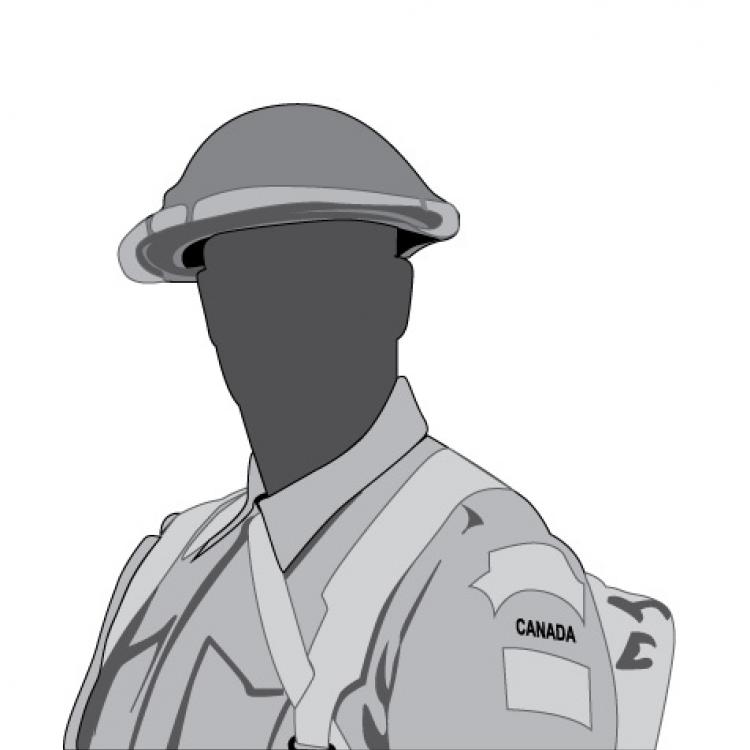GOOD, Joseph Vanstone
DIVISIONAL UNIT: 4th Canadian Infantry Division
10th Infantry Brigade
46th Battalion - South Saskatchewan
Canadian Infantry Corps
SERVICE NO: 472464
AWARDS: Military Medal
RESIDENCE: Saskatoon – Saskatchewan
DATE OF BIRTH: October 12, 1888
Brussels – Morris Township – Huron County - Ontario
DATE OF DEATH: September 29, 1918 29 years 11 months
CEMETERY: Cantimpre Canadian Cemetery – Sailly –
Nord – France
D 4
PARENT: Mrs. Mary Elizabeth Good – Brussels – Ontario
BROTHER Mr. William James Good – Mirror - Alberta
Occupation: Clerk Religion: Presbyterian
Enlistment: Saskatoon – Saskatchewan – September 27, 1915
Enlistment Age: 26 years 1 month
Private Good departed Canada on the Empress of Britain and arrived in Liverpool on June 28, 1916. On June 30th he transferred to the 46th Battalion but he did not go overseas to France until August 10th, 1916.
Private Good was wounded on August 25, 1917, sent to No. 23 Casualty Clearing Station and admitted to No. 20 General Hospital at Carmiers on August 26th with a gunshot wound to the right leg. He was then invalided to England to the Royal Victoria Hospital on August 31st. Then he moved to a Military Convalescent Hospital in Woodcote, Epsom and was discharged on November 30th.
He is awarded the Military Medal for bravery in the field.
Private Good was wounded a second time in the buttocks on June 2, 1918 and admitted to No. 10 Canadian Field Ambulance.
Private Good was killed in action at 8 am on September 29, 1918, when going forward with a message from Battalion Headquarters, He was acting as a runner because the communication lines were broken. The Battalion was located in the area of Tilloy. He lost his life from the shrapnel of an exploding enemy shell.
The advance began under the cover of an artillery barrage on the enemy positions and the 46th found little opposition until they neared the villages of Raillencourt and Sailly on the right flank. Extreme enemy resistance had stopped the advance on the right. The 46th pushed ahead to the sunken road where it was to leapfrog through the 50th Battalion. While this was happening, casualties were mounting from the enemy enfilade fire from the villages. The Lewis guns of the 46th returned fire and it was not until the villages were taken that the casualties ceased for a bit.
The situation on the front was – the 3rd Canadian Division had bogged down on the right and a wide gap appeared between the rest of the 10th Infantry Brigade and the 3rd Division. As the 46th went “over the top” at the sunken road and unknown to them they were now leading the Canadian Corps and were expected to carry the attack to the Marcoing Line.
The 46th was advancing up a slope and it seemed that enemy gunners were behind every tree and the advance moved on in fits and starts and never really gathered momentum. By mid morning the enemy began to counter-attack in wave after wave even after taking very heavy casualties. They repulsed these counter attacks and were able to capture the enemy positions.
At this point the 46th was pinned down from enemy fire and the battle became a bloody stalemate. The advance was held up now by the German machine gunners. “A” – “B” – “C” – “D” were no longer Companies but had amalgamated into a left and right company.
The battle raged into the night when word was received that there was now sufficient artillery and when their barrage came down the 46th was able to advance and to take their positions.
In the 27 months that the 46th Battalion was in the field it became known as the “Suicide Battalion”, and during this period was awarded 16 battle honours. Their casualties during this period were 1,433 men killed and 3,484 men wounded. The casualty rate was 91.5%.


